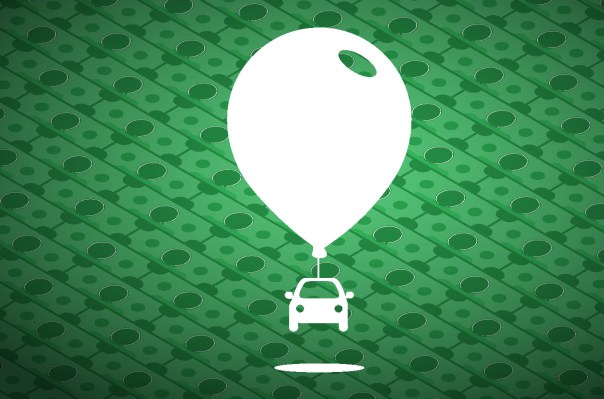Last week on-demand transportation service Lyft announced that it had raised $530 million in new funding as it seeks to steal market share away from arch-rival Uber and launch services in new markets in the U.S. and internationally. The newly minted unicorn expects to earn more than $1 billion in gross revenues in 2015, but according to sources familiar with Lyft’s financial projections, the company doesn’t expect to become profitable until 2016.
This year Lyft is targeting nearly $1.2 billion in gross revenues, of which its take will be around $300 million net. That assumes between 20 and 25 percent commission for the rides it books, depending on whether they are from its classic Lyft offering or Lyft Line, a newly launched shared-ride service that is 40-60 percent cheaper.
The projections show continued growth in its original service as well as accelerated adoption for Lyft Line. The classic Lyft offering is forecast to generate more than $250 million in 2015, while Lyft Line is expected to contribute nearly $40 million by year-end.
In 2016, Lyft expects its revenues to more than double. It’s targeting $2.7 billion in gross sales, which is expected to result in nearly $700 million in net revenue. Of that, $550 million is forecast to come from its traditional Lyft offering, with Lyft Line growing to about $140 million in net sales.
That revenue growth is driven by an increase in the number of rides and passengers that Lyft serves. By the end of 2015, Lyft expects to do nearly 13 million rides per month, which is up from about 2.5 million at the start of the year. Altogether, the company is targeting nearly 90 million rides in total for 2015, which it expects to more than double to 205 million in the year following.
While Lyft is generating a lot of cash, it also has a number of costs associated with running the business, including credit card processing fees, insurance, and taxes. After those costs, Lyft forecasts a $170 million gross profit in 2015, which it expects to grow to about $400 million in 2016.
That said, its gross profit number doesn’t take into account Lyft’s customer and driver acquisition costs, which the company is using to prime the pump and grow both supply and demand.
The company has famously given away hundreds or even thousands of dollars for driver referrals, which certainly cuts into net profits. But the bigger cost is actual acquiring new passengers. In 2015, Lyft expects to spend $150 million to acquire new users, while spending an additional $50 million on getting drivers on board to shuttle them around.
Taking those numbers into account, there’s a delta of around $30 million between its gross profit and acquisition costs this year. In 2016, the financial picture gets a little better: While gross profit is expected to grow to around $400 million, its spend on driver and passenger acquisition is forecast to increase only slightly, to around $250 million.
While it is clearly second to Uber in both markets it serves and financing it’s raised, Lyft’s financial projections at least show a path to profitability in the next 24 months. That probably helped convince investors like Rakuten and Fortress Investment Group to put more money into the company in its most recent round of financing.
That said, anything could happen in the crazy world of startups and transportation. In order to actually reach its targets, Lyft will have to execute on its plan to grow revenues, ridership, and market share.
Lyft declined to comment on this story.
